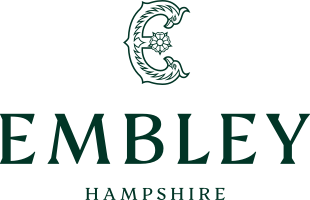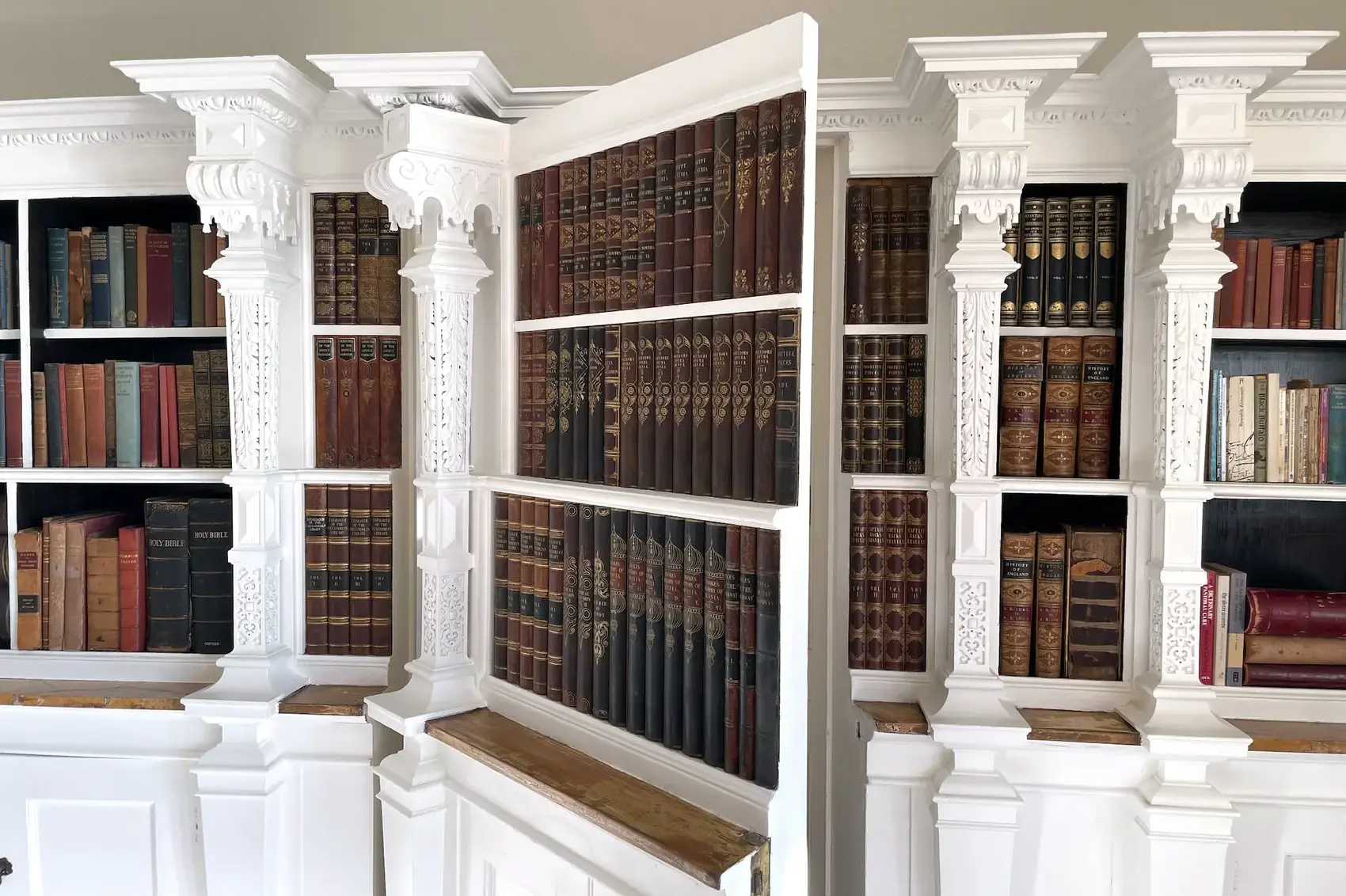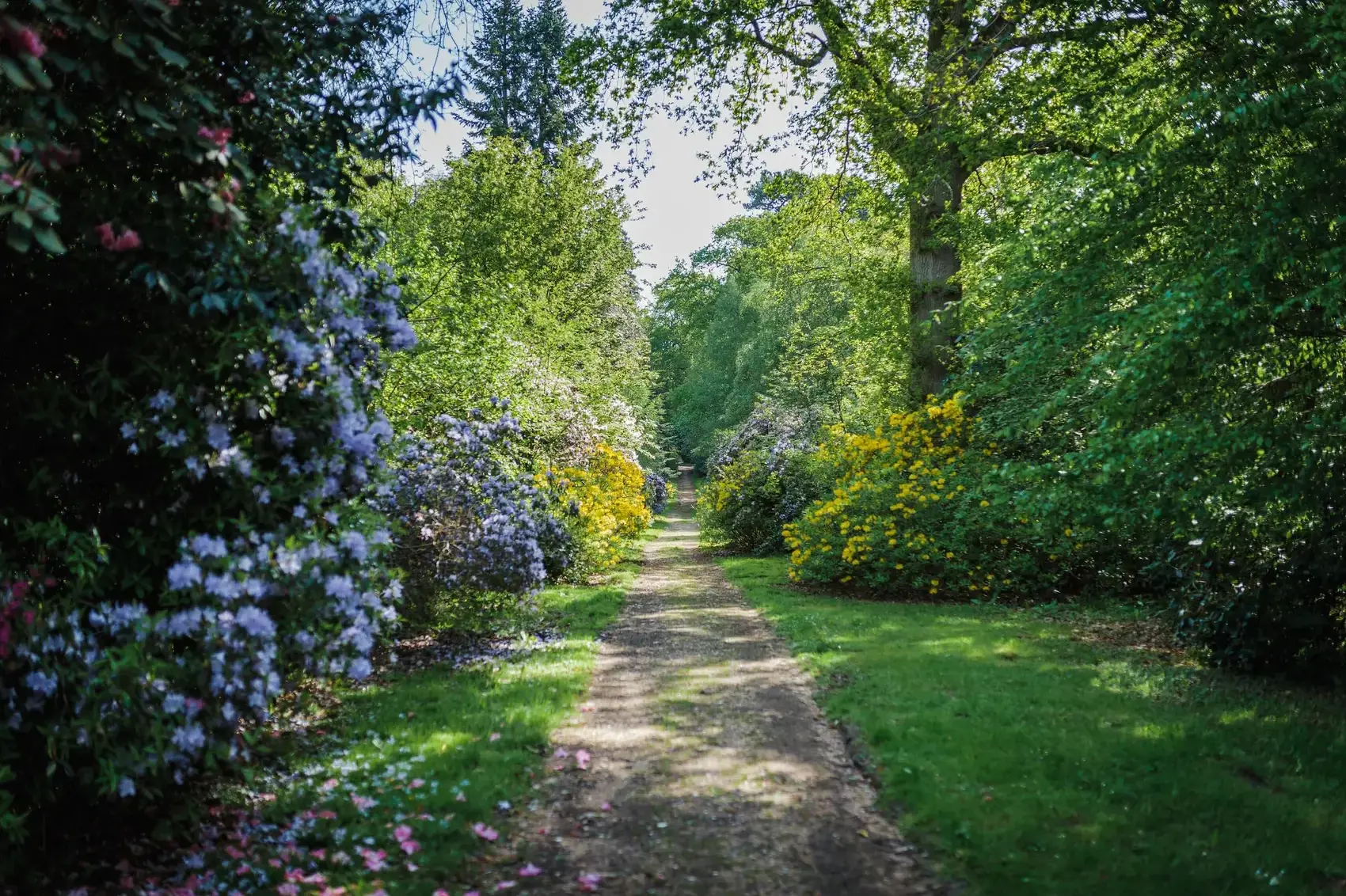Embley first opened its doors as a school in 1946 but there is evidence of a settlement on the school’s site for over a thousand years. Embley features in the Domesday Book and is Anglo Saxon for 'clearing in the woods'.
The main building you see today was constructed in the late Tutor and Elizabethan period, with extensive additions in the years that followed. In 1825, Embley’s most famous residents, the Nightingale family, took possession of the estate. During their time at Embley, extensive alterations were made.
By the end of 1949, the Chapel (now the Embley Library), was moved to its current position, and completed in 1953. The Chapel’s organ was originally the property of the Blackwood Murray Family, built by hand by John Blackwood Murray at the age of 16. One of its parts, the Clarabella Stop, was originally in an organ that was washed ashore from a wrecked ship off the Spanish Armada in 1588.
Inside the Manor House
The original red brick house built around 1622 featured two large halls with a fine oak staircase between them leading up to the first-floor rooms, which still exists today as you enter the Manor House, although much extended since.
You can see this staircase when entering the house through the front door on the left-hand side where it dominates the reception area. The array of stags’ heads above is a reminder that the estate was considered to be one of the finest in the land for country sporting pursuits.
Off the hallway to the right is what used to be a billiard room (now the Nightingale Room) followed by the Drawing Room (now used as a meeting space and known as the Old Library) where many an evening of music and entertaining were held.
To the left of the hallway was the dining room with its vaulted domed ceiling. This room now serves as the main school library. Down the hallway from the main entrance is what was William Nightingale’s library (now the Headmaster’s Drawing Room). The most notable feature of this room is the hidden door. This was covered and painted in the same style as the shelves either side of it, so as to conceal its true nature.
Close inspection reveals Mr Nightingale’s impish sense of humour, for the titles there include Leather on Woods, Tales of the Doorway, Oaths Not Binding and Optical Delusions. The hidden door leads into what was then known as the Garden Room, described by Florence in 1839 as “one of the prettiest in the house, both as to paper and to everything.” It is now the Headmaster’s Study.
Gardens and grounds
The 1825 sale particulars record that 1,300 acres were planted, criss-crossed by many miles of gravel drives.
A grotto and a pyramidical fountain also existed but have since been removed. The Nightingales introduced the Wild Gardens, with their Long and Short Walks, and stocked them with species which are still rare.
At the top of the Long Walk stands the semi-circular stone seat popularly known today as ‘Cromwell’s Seat’ – so called because it was reputedly brought here by the Heathcotes from Hursley. Richard Cromwell, son of Lord Protector Oliver, was a former owner of Hursley Park.
The last private occupant was Mr Joseph John Crosfield, a garden designer, horticulturist and philanthropist. Mr Crosfield also made alterations to the property, one such alteration being the addition of the clock tower, rumoured to have been placed there so that he could see the time from the Walled Garden (now our Sports Hall), where he grew rhododendrons, peaches and apparently, principally, tomatoes! The clock continues to chime on the hour today.
Tradition has it that Florence Nightingale was seated beneath one of the giant cedars of Lebanon near the Manor House when she received the first of her callings from God on 7 February 1837.
LATEST EMBLEY STORIES —
Festive fun in Boarding
Our boarders have been busy embracing the Christmas countdown in true Embley style with a range of House challenges, trips and festive activities.
Knock, Knock! The Nativity
Our youngest pupils took to the stage for Knock, Knock! The Nativity. Nursery to Year 2 delighted the audience with an all-singing, all-dancing retelling of the Christmas story with a comedic twist.






